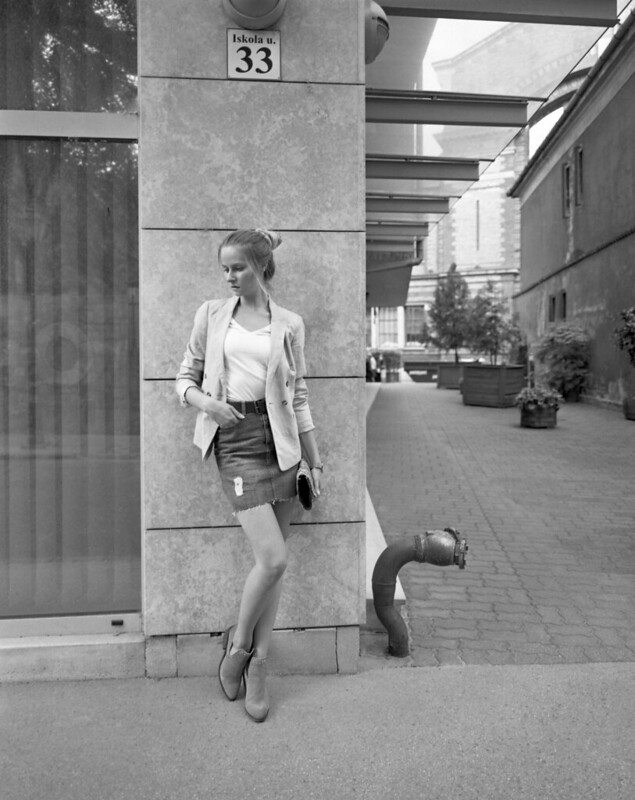

- Mamiya 80mm f4.0 lens for mamiya 7 ii full#
- Mamiya 80mm f4.0 lens for mamiya 7 ii series#
- Mamiya 80mm f4.0 lens for mamiya 7 ii simulator#
We have selected DX body Nikon D500 in the Nikon Lens simulator tool and 35mm DX Lens. 0X crop) sensor means the sensor is approximately 36mm x On a crop body, you need to multiply this with the camera’s crop factor. If your digital camera has a crop factor of 1. Ask Question Lensfun probably had that but it has not been updated since 2015.
Mamiya 80mm f4.0 lens for mamiya 7 ii full#
Then you simply divide the diagonal dimension of a full frame sensor, by the diagonal dimension of the sensor for which you want to find the crop factor Crop factor is the difference between your camera’s sensor size and traditional 35mm film. I've checked back a few years to exiv2 v0. Crop factor for Canon crop sensor cameras = 1.the warning is here because the crop factor of the lens correction data is greater than the crop factor of your camera. Nikon crop sensor cameras have a crop factor of 1. People live better in big houses and in big clothes. This multiplier is known as the crop factor. */ #include 6 I don't think you want to change the crop factor for a given data set. The crop factor makes a wide-angle lens longer (an 18mm lens with a 1. I think the Crop factor calculation for full frame sensor to APS-C sensor (Full Frame) 36mm \ (APS-C) 23. Crop factor (approximate) for Super 16 = 3x I'm a little unclear in the crop factor of the NEX when using third party lenses on it (old rangefinder lenses to new DSLR lenses) - it doesn't depend on the lens does it? I heard it was 1.I do specifically say in the video that it doesn’t impact your exposure, and that crop factor exists only for the purpose of comparing the resulting images you’ll get with different lenses and sensor sizes. So be careful with result The Lensfun library implements several lens distortion models.

find_lenses(cam, lens_maker, lens About the Crop Factor Calculator.
Mamiya 80mm f4.0 lens for mamiya 7 ii series#

*) Sources of data: Manufacturer's technical data


 0 kommentar(er)
0 kommentar(er)
